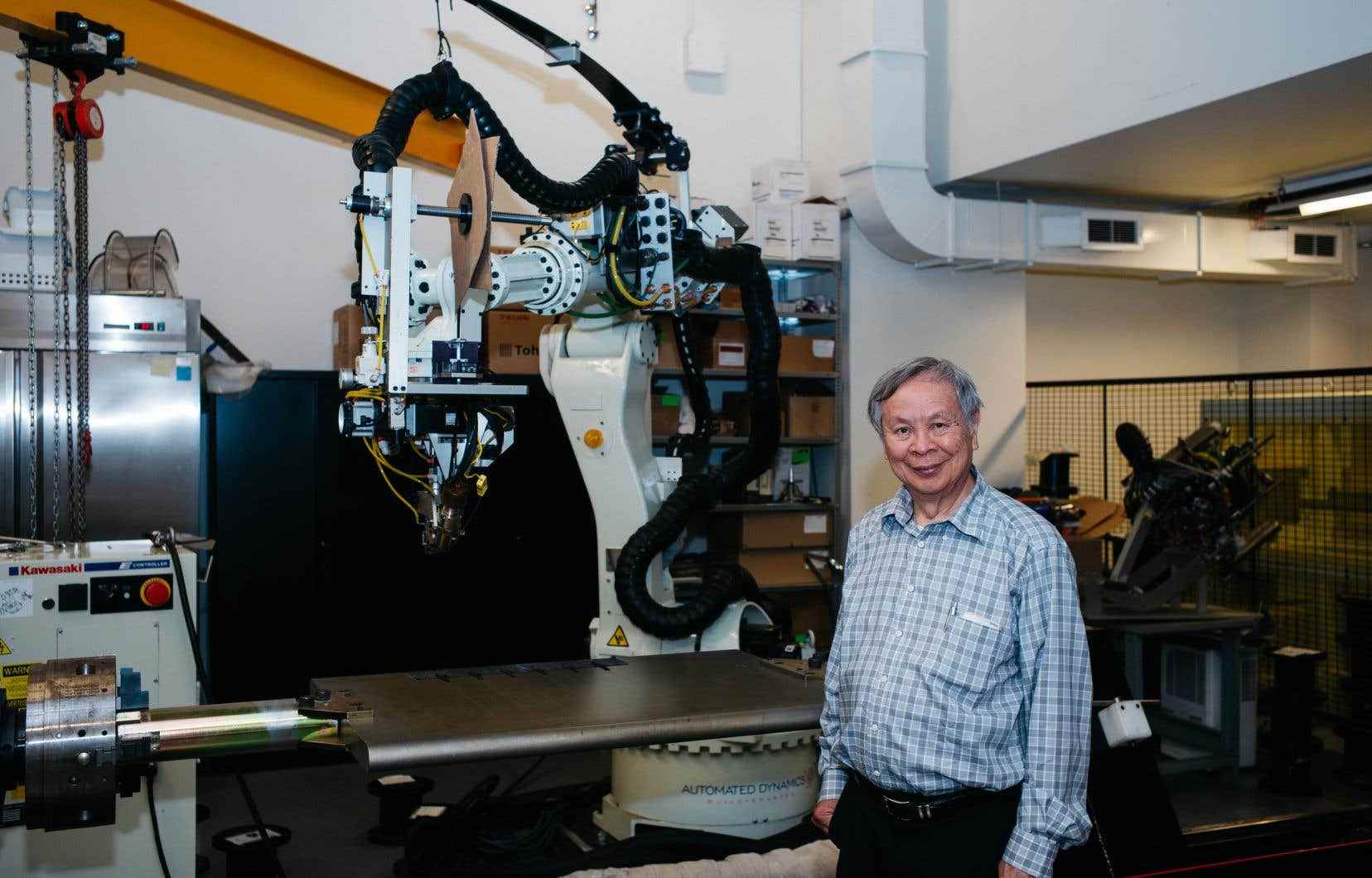A Concordia University professor and his students have created a flexible airplane wing that can mimic the flapping of a bird’s wings, “a dream” for scientists, says Suong Van Hoa.
Planes already have wings made of composite materials, explains Mr. Hoa, but these wings are “fixed” and do not allow them to “fly like birds”, which can “modify the shape of their wings to change the direction of theft”.
The wing built by the researchers can bend up to 20 degrees, while resisting a weight of around 22 kg. It can therefore, for the moment, only be used on small planes, which do not carry passengers, or even on drones.
The technological prowess is, however, a step forward for the aerospace field. “We celebrate advances like this,” said a Bombardier spokeswoman, when asked by The duty to respond to the study.
“Several steps would be necessary before a possible integration into the technological portfolio of our aircraft. The technology will have to be demonstrated on small aerial vehicles first, as the professor pointed out. It would then be necessary to ensure the right level of technological readiness (TRL, according to the acronym in English). Once all this is completed, it would be possible to test such technology on small flight surfaces of an aircraft, such as an aileron or a flap,” added the Quebec aerospace company.
Equipping airplanes with such wings would in particular reduce their fuel consumption, since air friction is less important.
To create his flexible wing, the professor of mechanical, industrial and aerospace engineering used a new printing method he developed five years ago: 4D printing of composite materials (4DPC).
4DPC is similar to 3D printing, except that it uses, instead of plastic, very fine glass or carbon fibers (about 1/10 the diameter of a human hair), glued together by a resin. These “very light” composites offer better “strength”, explains Hoa, who has worked on these materials since 1979.
The printing is done “without mould”, emphasizes the researcher. It is a stimulus such as water, cold or heat (this varies according to the materials) which causes a reaction and modifies the initially flat surface. “The fourth dimension is the change from a flat shape to a complex shape with curves,” he summarizes.
The absence of a mold is an essential advantage according to the researcher, since it facilitates the construction, reduces the cost and saves time.
Mr. Hoa also sees it as a space saver. “It’s more difficult and expensive to send a structure in 3D […] in space or in isolated regions” than to send there a “parcel in plane dimension” to which, once arrived at its destination, one will apply the necessary stimulus to deform it into the desired shape.
If this method of delivery remains an idea for the moment, the 4DPC has already proven itself. With his printer, Mr. Hoa, for example, was able to manufacture leaf springs, a complex-shaped part used for the suspension of vehicles, without a mould.
Suong Van Hoa is now working with a doctoral student on vertical urban wind turbines, installations that require “very curved blades”.
When asked how far his inventive ideas extend, the professor replies with a smile that “there are no limits. It depends on how far the imagination goes.
This content is produced in collaboration with Concordia University.
